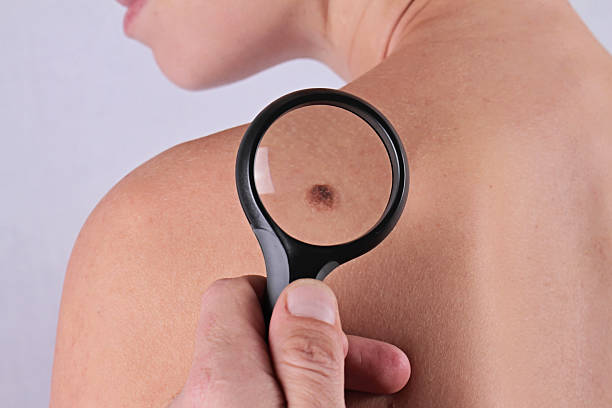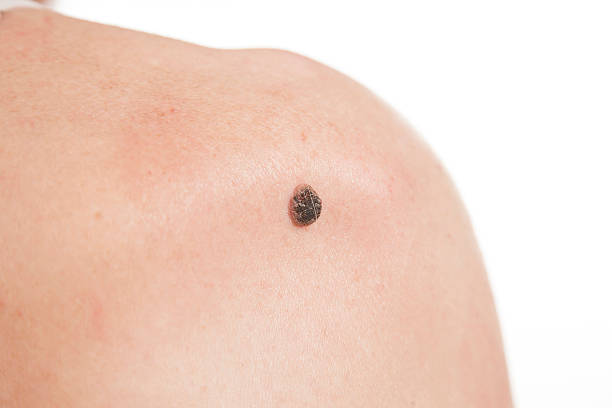Find Skin Cancer: How To Perform a Molechecks Self-Exam
Are you conscious of the numerous marks that adorn your body? Have you ever paid attention to those seemingly harmless little dots - your moles? Too often, we take our skin's health for granted, but these innocuous spots can hold vital information about our overall wellness. Identifying dramatic changes in moles can be your first line of defence against skin cancer - the malignancy with the highest incidence worldwide. This blog post will walk you through the critical process of a mole-check self-exam – a simple yet vital routine that can very well be a lifesaver.
Our homes and bodies are temples that we should consistently invest time and effort into maintaining. This way, just as you do with your home, you will be aware of any changes or signs of damage on your skin. Learning how to conduct a mole check can equip you with the knowledge you need to notice dangerous changes early on.
Over the course of this blog, we will delve deeply into the intricacies of how to perform a self-examination, when and why to perform a self-check, and the pros and cons of this method. Our focus in this guide will be towards making it a part of your routine just like your everyday DIY projects.

Understanding Skin Cancer and its Origins
Skin cancer begins in your skin's top layer — the epidermis. It is a result of the cells' unchecked growth commonly caused by Sun's harmful ultraviolet rays. Skin cancers can be of three types - Melanoma, Basal cell carcinoma, and Squamous cell carcinoma. Each of these manifest differently and moles play a crucial part in their identification.
Just like you would notice a stain on your living room wall as an initial sign of a leak, changes in moles can be early warnings for skin cancer. Differentiating a harmless mole from a worrisome one, understanding its morphology, and recognizing sudden changes are all components of a self-check.
Why Conduct a Mole Self-Check
Self-examination serves as the preliminary screening process for early detection of skin cancer. It doesn't require any special tools, just a mirror and keen observation. A mole check becomes crucial especially when you have a high risk due to factors such as fair skin, family history of skin cancer, or excessive sun exposure.
The Process of Performing a Mole Check
A monthly routine works best as it offers enough time for any significant mole changes to surface. The process is simple - you examine your body, from top to toe, in front of a mirror, taking note of all moles and their appearance.
Decoding Moles: The ABCDE of Skin Examination
Here's an easy method to evaluate your moles - the ABCDE rule. 'A' stands for asymmetry, 'B' for border, 'C' for the color, 'D' for diameter, and 'E' for evolving.

The Pros and Cons of a Self-Examination
While self-checks are convenient and essential, they cannot replace professional medical advice. However, they are the first line of defence you have against skin cancer.
When Should You Reach Out to a Doctor?
Any new, changing, or suspicious-looking molechecks should warrant a call to a dermatologist. It's paramount that you do not self-diagnose but rather use the information as a basis for seeking expert advice.
Conclusion:
In the grand scheme of things, a mole-check might seem trivial, much like dusting off a unnoticed corner of your house. However, it's these unnoticed corners that sometimes need the most attention. Understanding your skin, regularly monitoring changes, and knowing when to reach out to medical expertise might make all the difference. Because, just like your home, your body is worth the maintenance too.



0 comments
Note: only a member of this blog may post a comment.